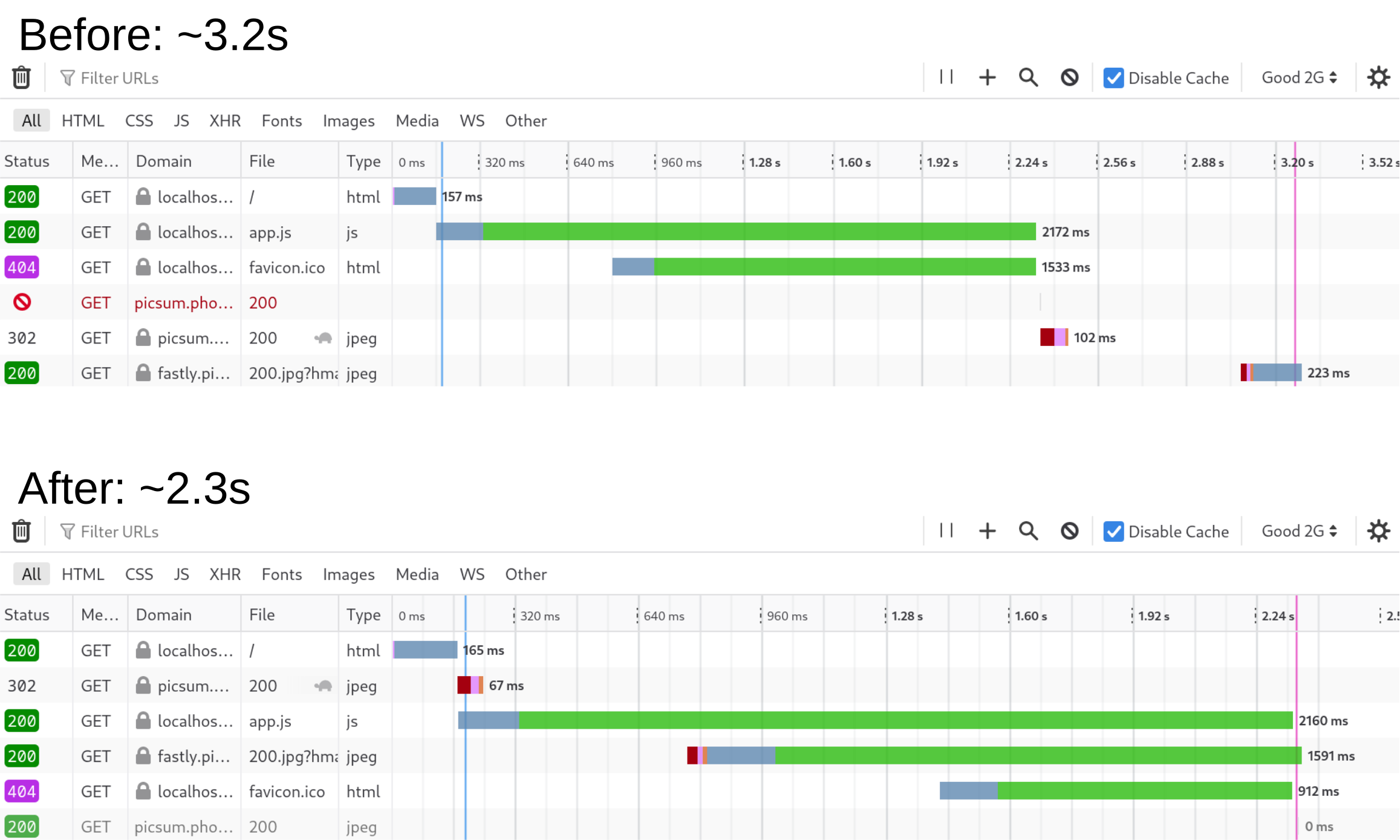React allows specifying the style of an HTML element from within the app, which is a powerful tool when the style depends on the data or logic of the app. On the other hand, CSS variables, also known as CSS custom properties, provide great flexibility for CSS.
For example, the following code specifies a CSS variable of the h1 element:
export default function App() { return <h1 style={{ "--component-style": "classical" }}>Hello World!</h1>; } However, the TypeScript compiler will complain:
src/App.tsx:2:23 - error TS2353: Object literal may only specify known properties, and '"--component-style"' does not exist in type 'Properties<string | number, string & {}>'. 2 return <h1 style={{ "--component-style": "classical" }}>Hello World!</h1> ~~~~~~~~~~~~~~~~~~~ node_modules/@types/react/index.d.ts:2908:9 2908 style?: CSSProperties | undefined; ~~~~~ The expected type comes from property 'style' which is declared here on type 'DetailedHTMLProps<HTMLAttributes<HTMLHeadingElement>, HTMLHeadingElement>' In this post, we discuss how to properly type CSS variables in React. Here, we avoid using type assertions and strive for type safety by typing as narrowly as possible.
...
